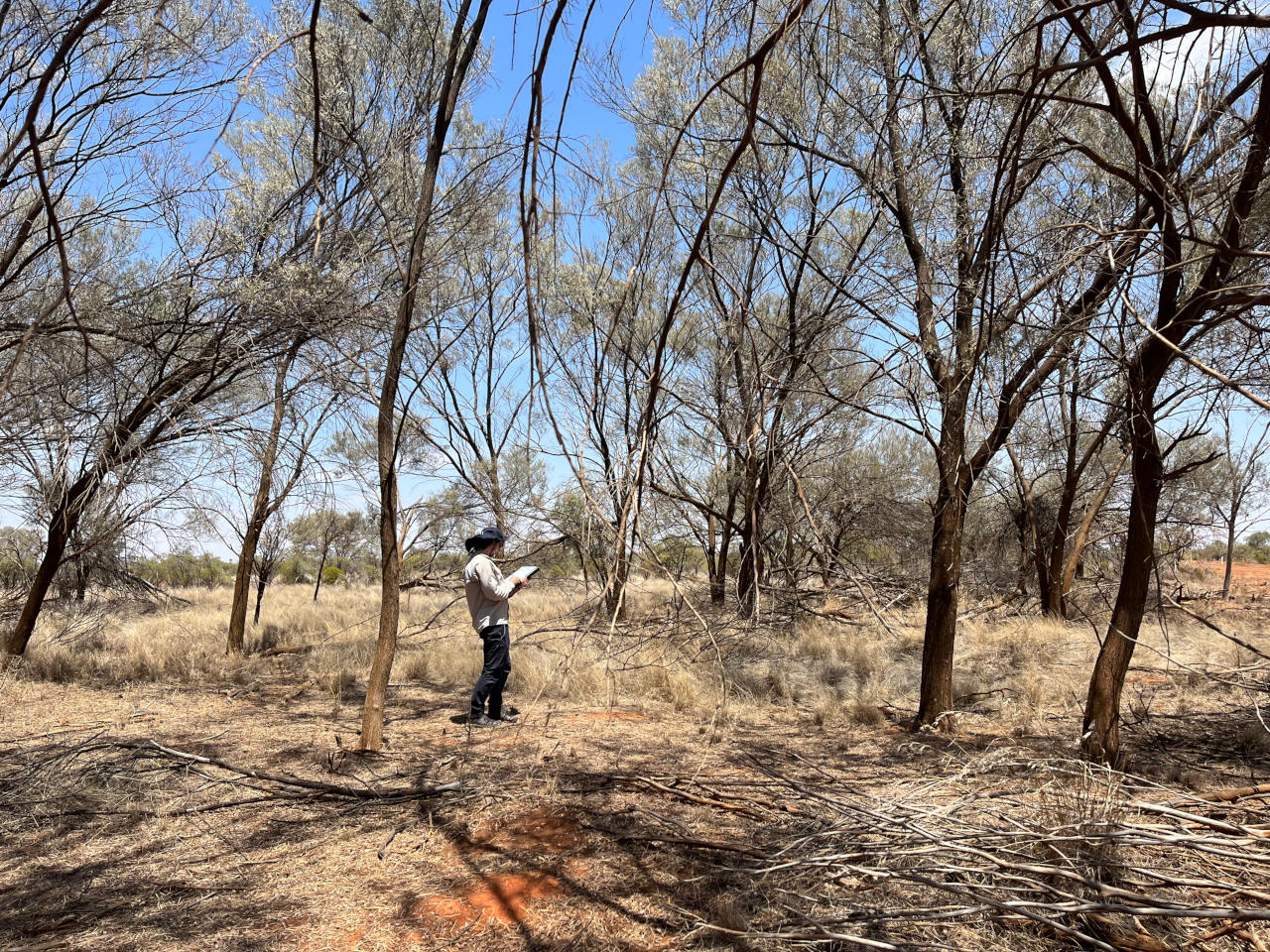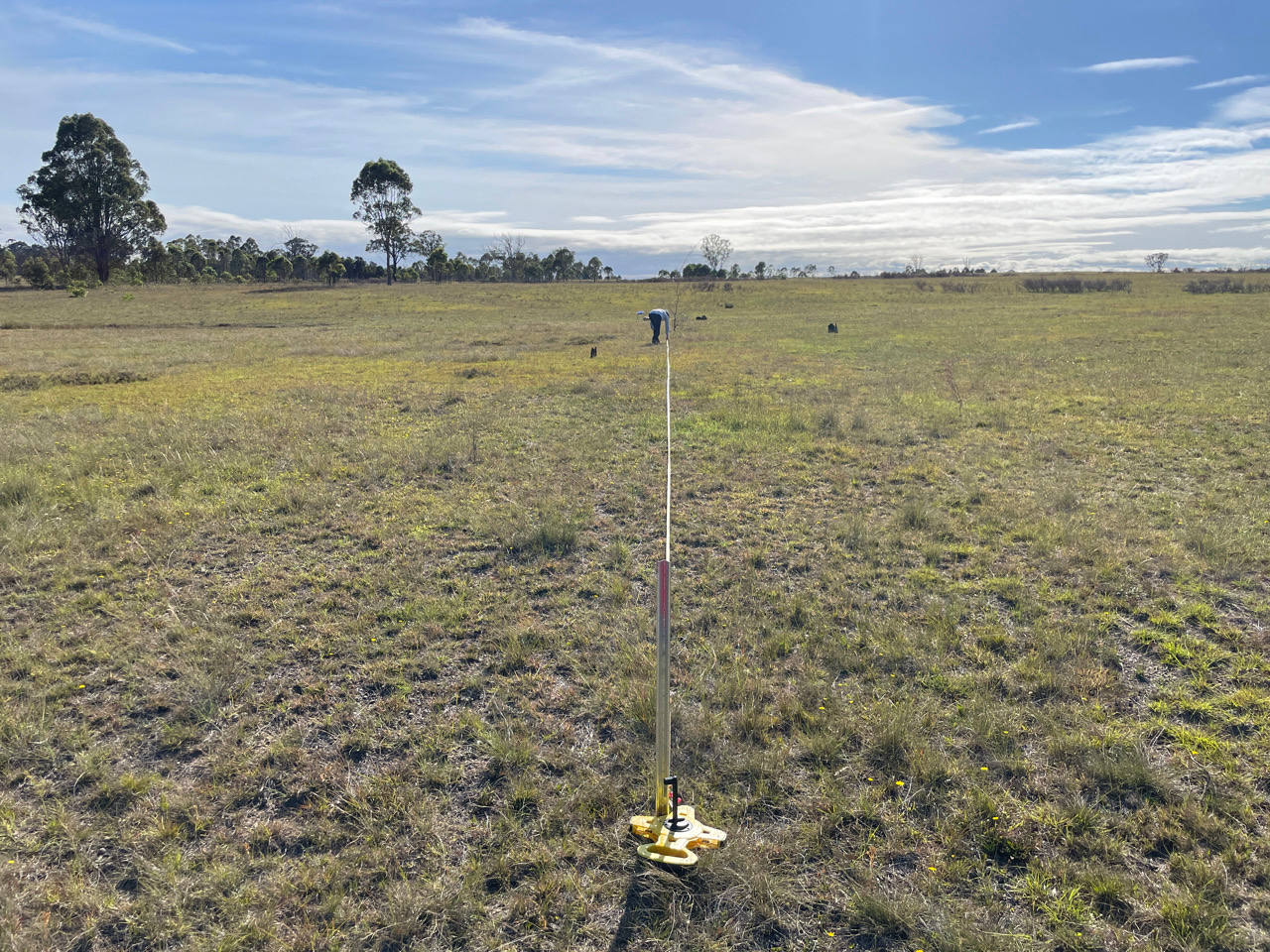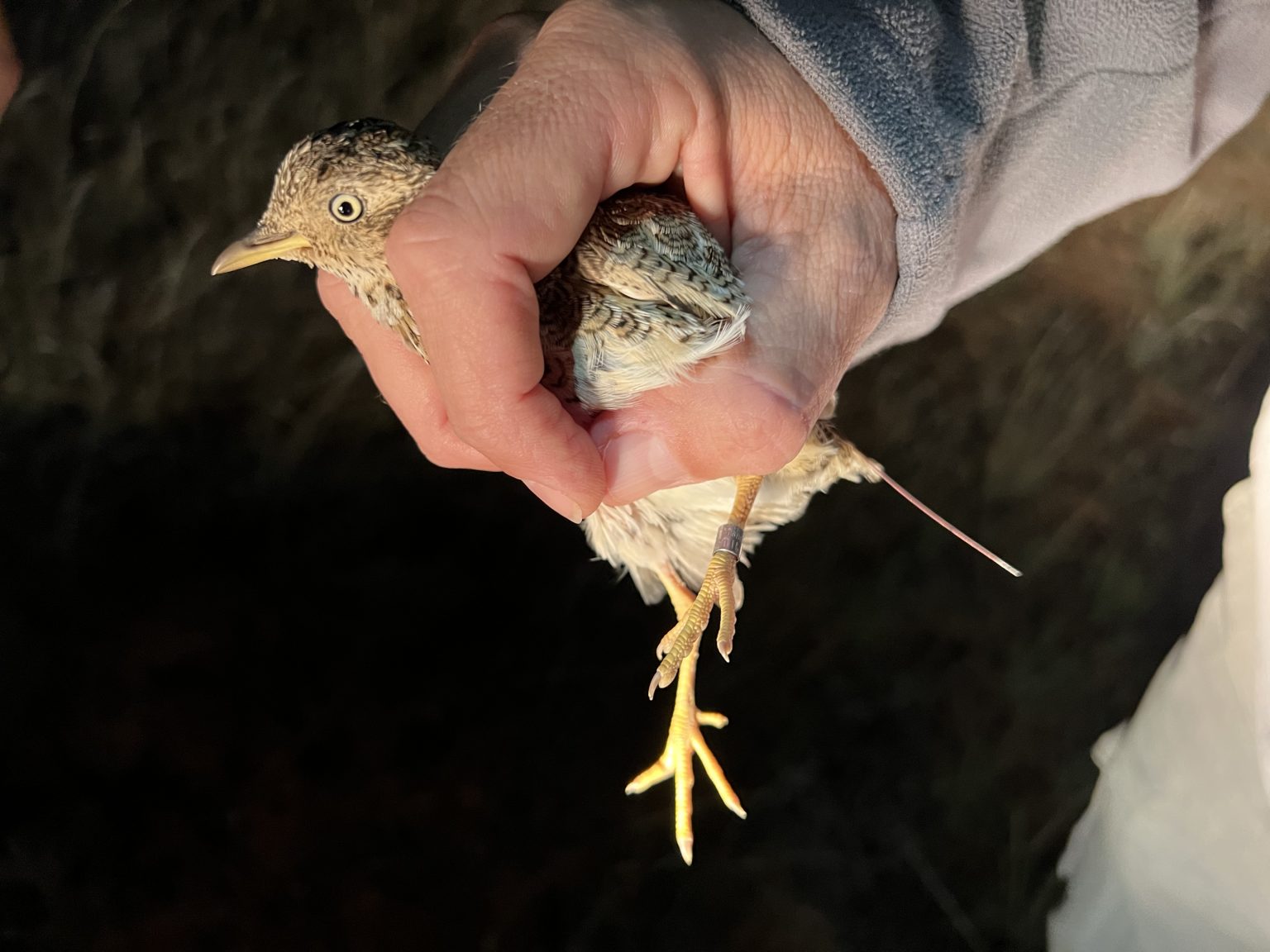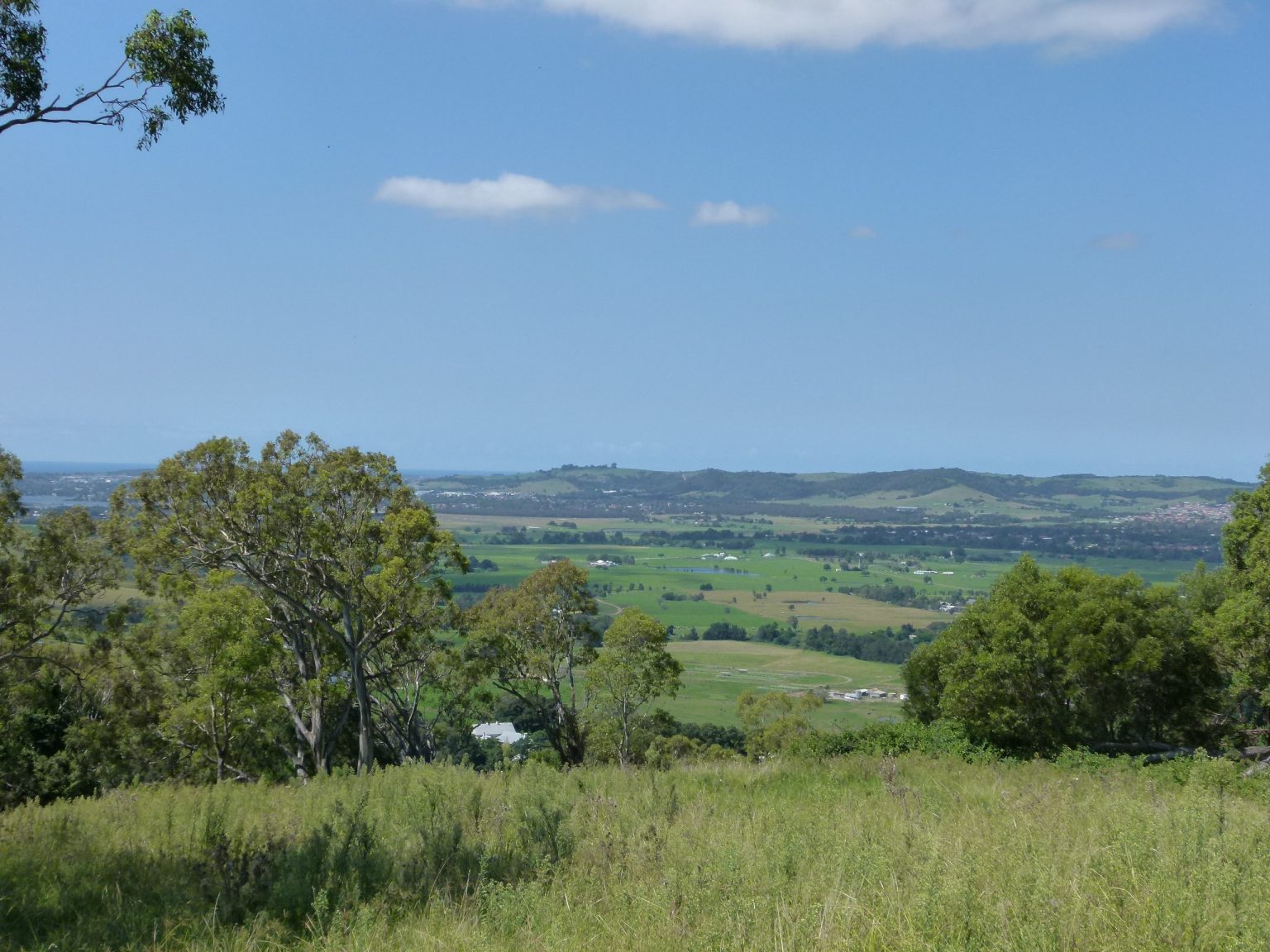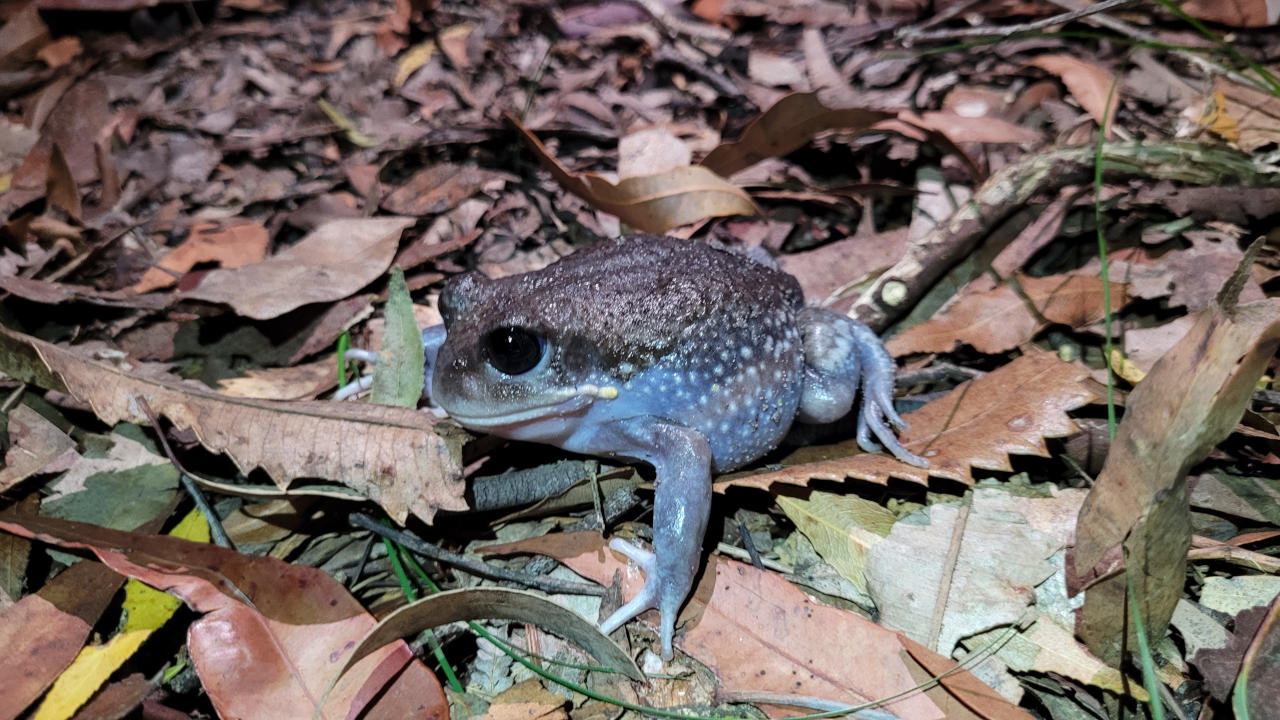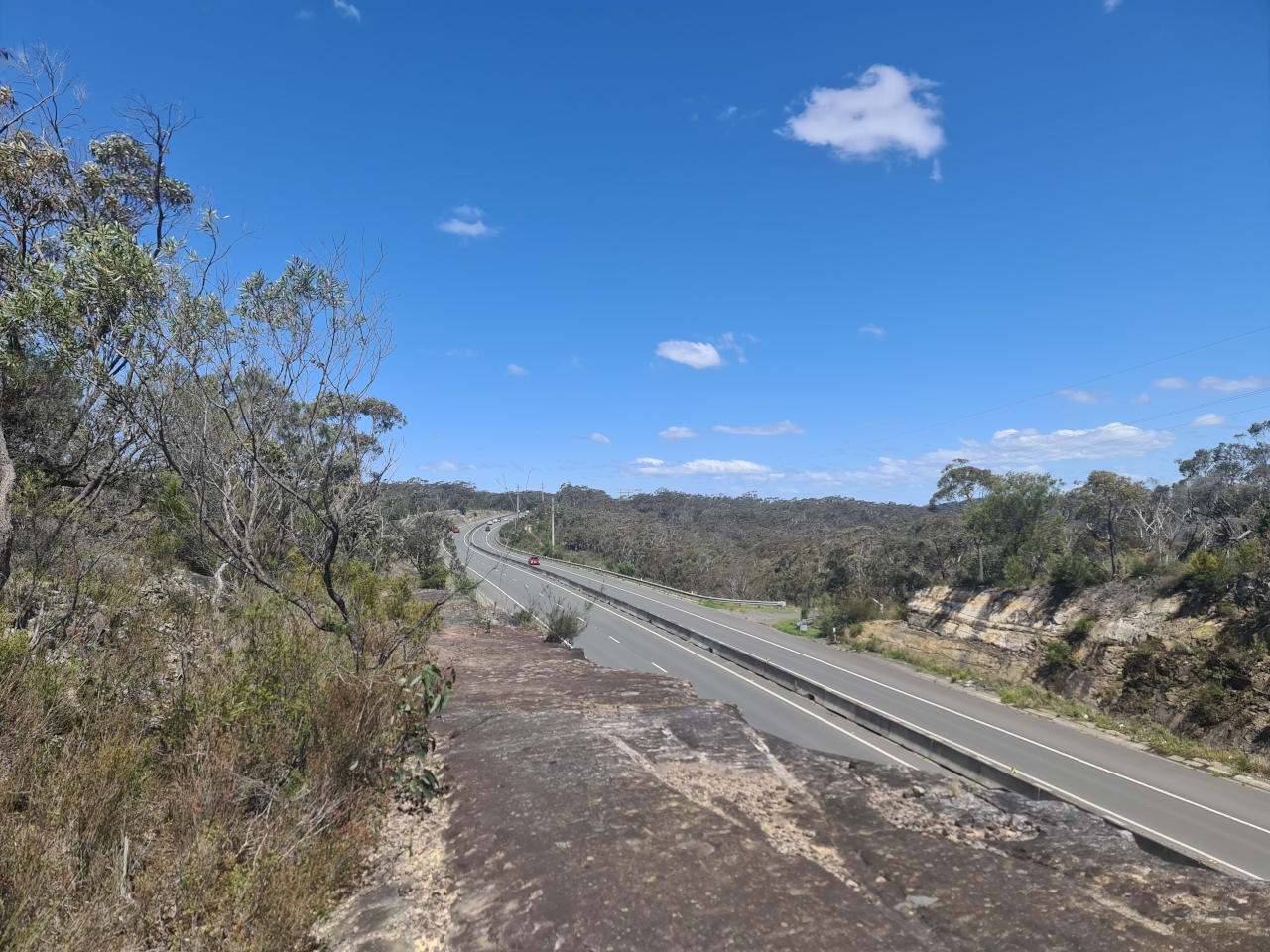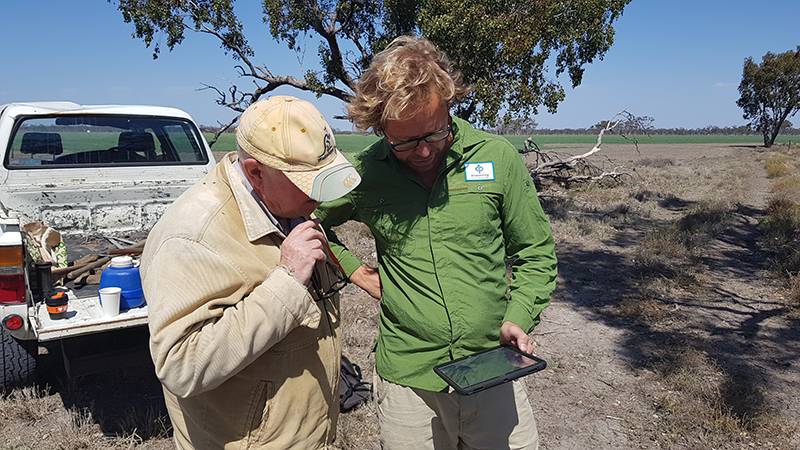Ecology
Full-floristic vegetation surveys in Western Bioregions
Ecoplanning has been undertaking full-floristic plot surveys in western NSW on behalf of the NSW Department of Climate Change, Energy, the Environment and Water to help develop the NSW Plant Community Type (PCT) classification. Sites surveyed include roadside reserves, travelling stock reserves, reserves within the NPWS estate and private property, in the south-west slopes, central-west slopes, south-west plains, north-west plains and far north-west plains.
This survey program is aimed at collecting floristic plot data to fill in gaps in the landscape where there are few or no standard vegetation samples and poorly sampled PCTs. The data collected is entered into the NSW Government’s BioNet Atlas Flora Surveys module and is used to inform the refining of the state-wide PCT classification and will feed into the NSW State Vegetation Type Map.

 All
All
 Planning
Planning
 Offsets
Offsets
 Ecology
Ecology
